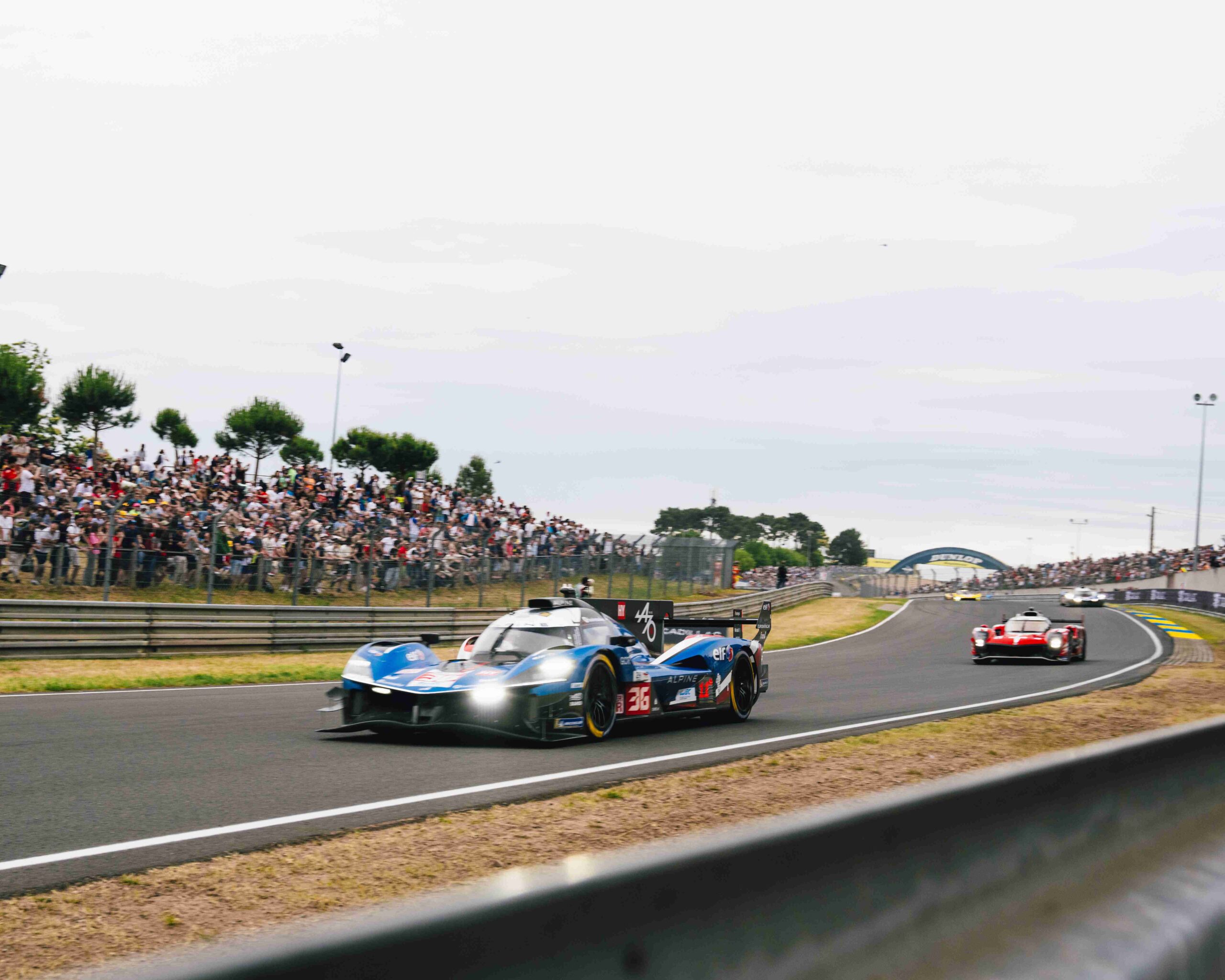The Le Mans 24h is one of the most legendary races in the world of motorsport. It’s the ultimate test of endurance and skill demotivated by the best drivers on the planet.
Taking place through the quaint streets of Le Mans, it’s a historic race that dates back almost 100 years. Its reputation precedes it, with motorsport fans making the pilgrimage each year to the small northwestern French city to witness the day-long race.
And while the race is the main attraction, away from the circuit, fans camp and enjoy traditional festivities which have expanded over the years but have always been an important part of the whole experience.
To fully understand the legacy of the Le Mans, let’s take a look at some key events from the history of the race and discover how it became the racing spectacle it is today.
History of the Le Mans 24h Race
1923: The first day-long race
Le Mans was the site of the very first Grand Prix back in 1906. 34 cars entered the race, which saw 12 laps on public roads around the town. The winner was Hungarian Ferenc Szisz, who drove for over 12 hours before taking the chequered flag.
Years later, head of the Automobile Club de France Georges Durand was paid to devise a new race for France. He decided to suggest something outlandish – a 24 hours endurance race. The idea was that the manufacturers would be able to prove their cars’ worth to potential customers.
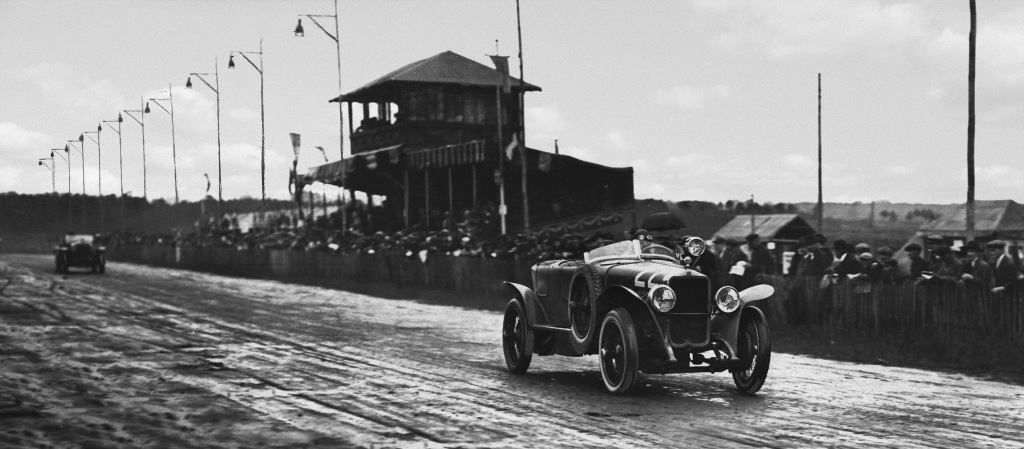
A 17.2km track was created on public roads, and a grid of 33 cars mostly from France raced with the winning Chenard-Walcker car completing 128 laps.
And so, history was made. The Le Mans 24 Hour race was born, and drivers from across the motorsport spectrum would set their sights on victory in this ultimate driving challenge.
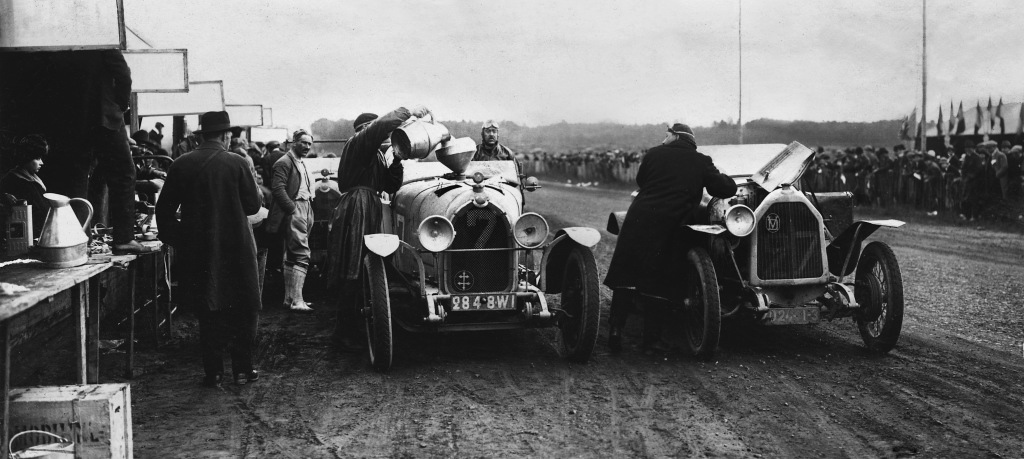
1949: Racing returns to Le Mans after a ten-year hiatus
During World War Two, the RAF and then the Luftwaffe used the airfield by the pits of the circuit, with the 5km straight also used as a temporary airstrip. That made it a target for bombing, and it wasn’t until four years after the war ended before it was ready for racing again.
And it opened in style. The government helped to fund the building of new pits and a 1000-seater restaurant for spectators to enjoy during the race. However, a section of the circuit was off-limits as it hadn’t been cleared of landmines.
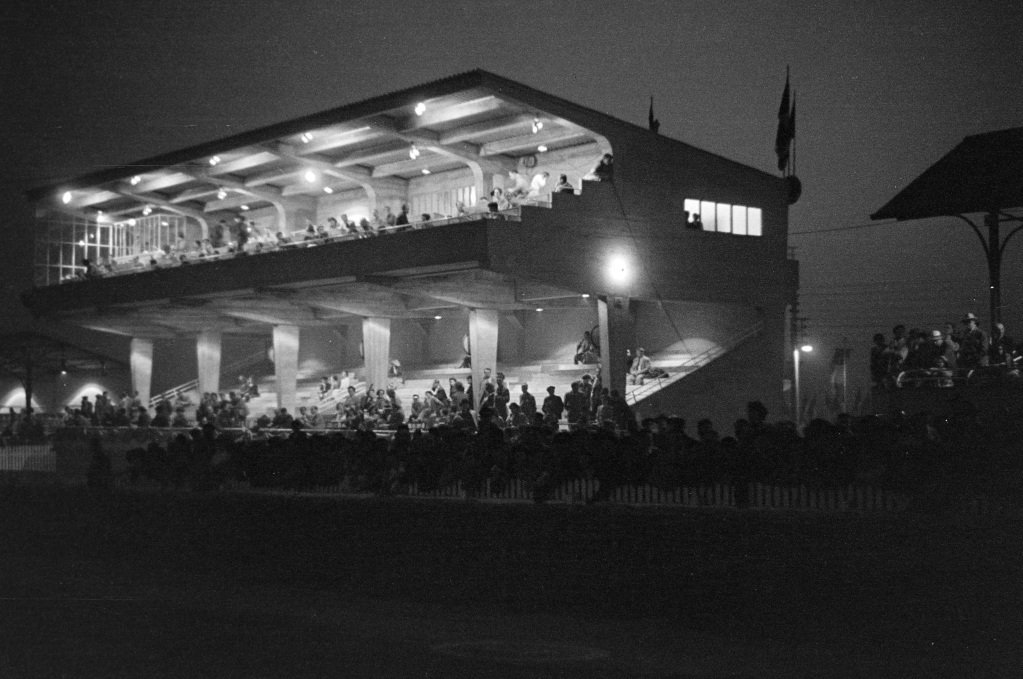
Italian Luigi Chinetti and Brit Peter Mitchell-Thomson won the race, marking Chinetti’s third win. But the race was marred by the death of another British driver, Pierre Maréchal. His brakes failed with three hours to run in the race, and as he prepared for an overtake for third place, he suffered a fatal crash.
1966: Ford vs Ferrari
It was a race that would go down in legend. The American car company headed by Henry Ford aimed to go head-to-head and finally defeat the dominant Ferraris.
In their first ever Le Mans entry, Ford won the race. Bruce McLaren of the famed McLaren F1 team took the Ford GT40 to first, partnered with fellow Kiwi Chris Amon.
The Ford GT40 also came second. And third.
And it won the next three editions of the race too.
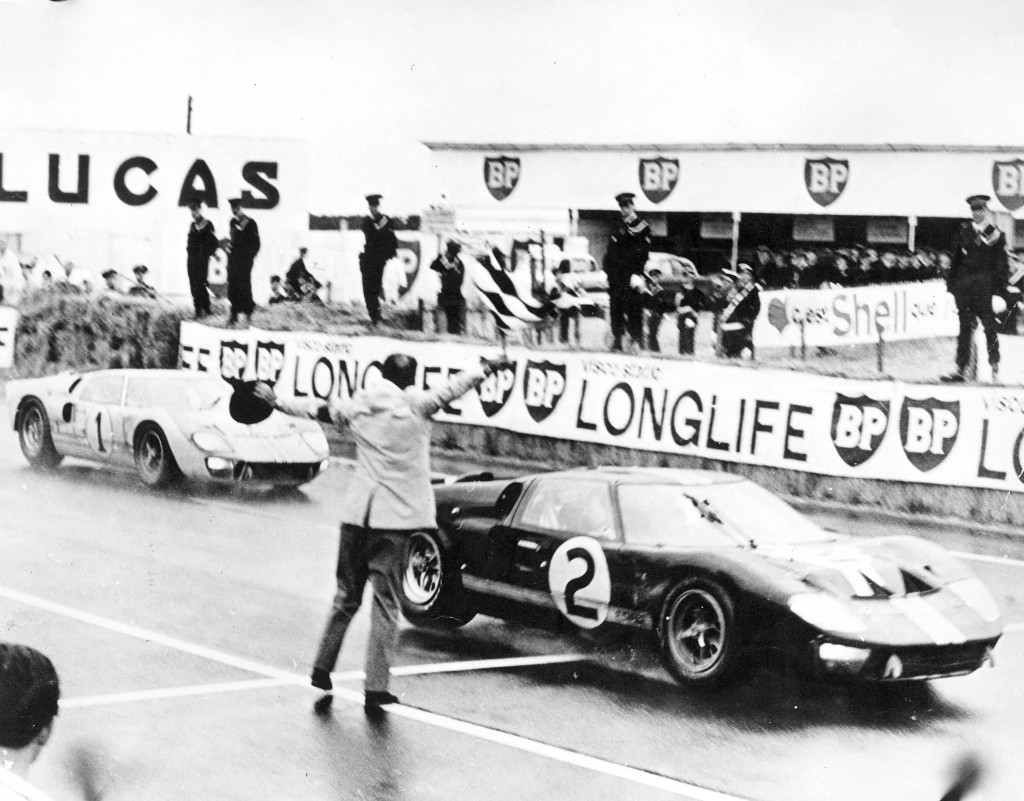
The Ford GT40 rightfully assumed its place in the history books as one of the greatest cars to grace the race. It looked pretty sharp too.
1970: Traditional Le Mans starts dropped
One quirk of the race was its unique start procedure. The cars would line up along the pit wall on the straight, with the drivers stood across the track. With the drop of the green flag, the drivers would sprint to their car, strap in, fire up the engine and get away.
It provided spectacle but proved dangerous. In the rush to get going, some drivers did not follow proper safety procedure, and this happened in 1968.

Willy Mairesse didn’t shut his door properly and it flew open during the first lap at a speed of 150mph. As he attempted to close it, his car flew off the track into some trees. The driver suffered broken bones, head injuries and was in a coma for two weeks.
Jacky Ickx would protest against the starts by refusing to rush to his car, and only taking off when he was properly strapped in. This basically put him to the back of the pack immediately, but he would usually come back to win anyway.
1970 was the first race to put an end to these starts, with the drivers starting the race already strapped in. The following year, rolling starts were introduced, which is how the action has got underway ever since.
1972: Graham Hill makes Le Mans history
Le Mans is part of the triple crown of motorsport. Along with the Indianapolis 500 and the Monaco Grand Prix, they are considered the pinnacle of a driver’s racing career.
To win one is a highlight, to win all three is legendary. And only one person has ever reached that feat.
Graham Hill enjoyed a successful Formula 1 career, winning the championship twice and taking five victories at Monaco. During his time in F1, he entered the Indy 500 five times, and after failing to qualify in 1963, he won the race three years later at his second attempt.
That just left the big one. Hill entered Le Mans every year between 1958 and 1966, with a second in 1964 being his highest finish. But in 1972, Hill entered his tenth Le Mans.
Partnered with Frenchman Henri Pescarolo, they won the race comfortably in their Matra-Simca MS670, lapping the second-placed car 11 times on their way to victory.

For Hill, it sealed his name in history, and no driver has ever equalled the feat. Two are close, Fernando Alonso requires a victory in the Indy 500, while Juan Pablo Montoya is missing a Le Mans victory.
1988: Peugeot break speed record
At Le Mans, manufacturers have to balance speed and balance with durability. After all, you can’t win the race if your car can’t make it to the line in one piece.
But in 1988, Peugeot prioritised breaking the speed record. This was the best shot, and the track has a 6km straight, but it was set to be broken up by two chicanes in the coming years.
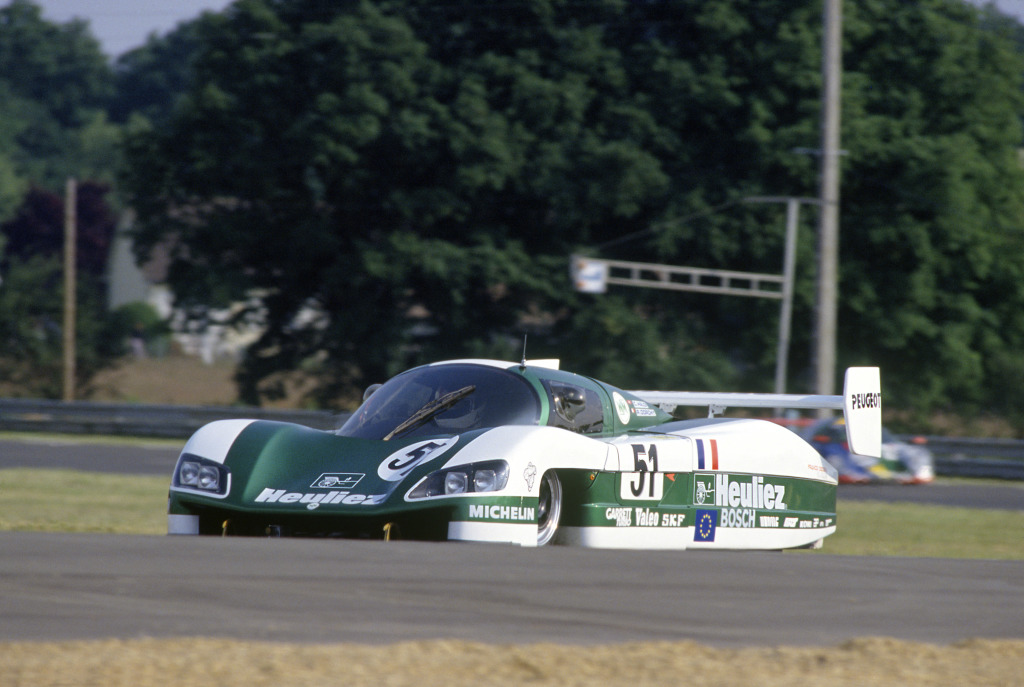
Driven by Roger Dorchy, the WM-P88 clocked up a staggering 407km/h, or 253mp/h. But in marketing, the car giant dialled the figure down to 405, to help advertise their new Peugeot 405 family car.
It’s a record that still stands to this day and is unlikely to be beaten with the addition of the chicanes.
1995: McLaren’s shock Le Mans win
Le Mans is always held on the weekend of the longest day of the year, to maximise the number of daylight hours during the race. That means it’s usually in sunny June, but the 1995 race saw one of the wettest Le Mans races on record.
17 hours of rain created an unpredictable race, with an unexpected winner.
McLaren entered the race for the first time, and driven by JJ Lehto, Yannick Dalmas and Masanori Sekiya, won the race by one lap. Sekiya and Lehto’s wins also marked the first at Le Mans by a Japanese or Finnish driver.
And just behind in third place, Andy Wallace, Derek and Justin Bell’s McLaren F1 GTR took the third step on the podium.

2000s: Tom Kristensen’s Le Mans dominance
Le Mans is all about consistency, durability and reliability. But no one has been more consistent around La Sarthe course than Dane Tom Kristensen. Winning his first entry in 1997, he was in the winning car every year from 2000 to 2005.
He took two more wins, too, in 2007 and 2013. He became a formidable force in the race, never finishing below 5th place, finishing on the podium nine times out of his 14 entries. He’s considered by many to be the greatest driver to ever race in Le Mans.

2012: A new dawn for endurance racing
In 2012, the World Endurance Championship was born – the first endurance racing series since 1992.
While Le Mans is the highlight endurance race of the season, it took the concept around the world. From four hours at Silverstone to eight hours in Bahrain, it would test the cars and drivers around some of the world’s greatest tracks.
The move has been a hit with fans who now see their favourite drivers battle it out over the course of a season to take the endurance crown.
2020: Biggest virtual racing event on Earth
The COVID-19 pandemic put a halt to all live racing, including the planned 2019 Le Mans. However, a creative replacement proved just as exciting.
With lockdowns in place across the globe, some of the world’s greatest drivers fired up their computers and battled it out for the 24 Hours of Le Mans Virtual.
Real life racers such as Jenson Button, Fernando Alonso, Kamui Kobayashi and Juan Pablo Montoya battled against eSport professionals.
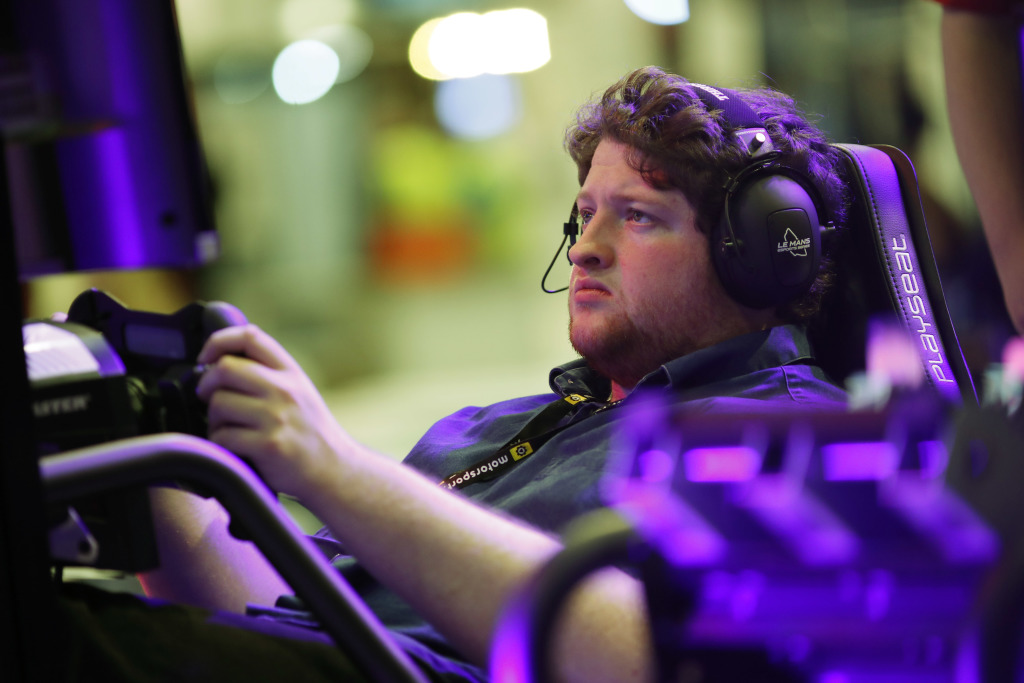
Rebellion Williams eSport team were victorious, with Swiss F2 driver Louis Deletraz leading the line.
With millions of motorsport fans craving racing action, and the full 24 race streamed online, it proved how exciting and engrossing the world of endurance racing really is.
History of Le Mans Prototypes
The evolution of the Le Mans Prototypes (LMP) demonstrates an incredible feat of engineering and human endeavour, showcasing cutting-edge technology and design through the decades. Below is a whistle-stop journey through their history.
• 1992: The Le Mans Prototype category is first introduced, featuring LMP1 (larger prototypes) and LMP2 (production-based engines).
• 1999: ACO introduces LMP900 and LMP675 weight category classes.
• 2004: LMP900 and LMGTP merge to form LMP1, following a number of safety changes.
• 2006: LMP1 category start to feature closed cockpits.
• 2015: Introduction of the LMP3 class as an amateur/entry class for prototypes.
• 2017: LMP2 undergoes significant changes, adopting the LMP1 dimensional and safety regulations.
• 2021: LMP1 is replaced by the Le Mans Hypercar class (LMH).
Le Mans FAQs
How long is the Le Mans race track?
A single lap of the circuit is approximately 8.5 miles (13.6 km) long.
When is the next is the Le Mans 24-hour race?
The next edition of the 24 Hours of Le Mans will take place from 13-14 June 2026.
When was the first Le Mans 24-hour race?
The first 24 Hours of Le Mans race took place on 26th and 27th May 1923.
Do drivers sleep during Le Mans?
Being able to rest and recover during the 24-race is essential. Drivers will typically have a bed close to the pit box, although many admit to finding sleep difficult due to adrenaline!
How many drivers can one car have at Le Mans?
During the 24-hour race, all teams must rotate three drivers, with no one driver behind the wheel for more than a total of 14 hours.
How do you get to Le Mans?
Le Mans is located less than 200km from Paris and is easily reachable by air or rail. You can read more in our guide How to get to Le Mans.
Enjoyed reading about the history of the Le Mans 24h?
Why not come and experience the magic of Le Mans for yourself? Head over to our main booking page and book your Le Mans package or sign up for ticket alerts.
